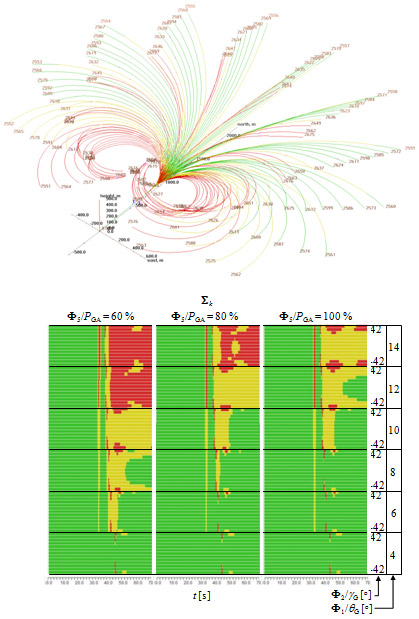VATES Tool : Purpose, Output and Application Goal
VATES v. 7 Software Prototype – Main Components
VATES v.7 Input-Output Data System
Input Data Requirements
- A ‘parametric definition’ (*) of the vehicle or project/ prototype to be virtually tested : aerodynamics, aerostatics, moments of inertia, thrust, geometry, automatic control logic, undercarriage reaction, etc.
- General description of the content of the flight phases to be studied in M&S (modes, scenarios, phases, manoeuvres), other flight content requirements.
- A subset of operational factors and operational factor complexes (‘what-if’ hypotheses) to be examined in M&S experiments.
- General formulation of the research project task (customer category, problem class, research goal and objectives).
Legend: (*) to protect the customer’s IP, it can be supplied as a pre-compiled ‘black box’ or as a dummy ‘parametric definition’ or as a ‘parametric definition’ for a prototype or as a ‘parametric definition’ of an old generation vehicle.
Automated/Automatic Processes of Flight Safety Research
Bases on VATES v.7 Software
Library of Output Knowledge Maps (Single Situation Analysis)
Library of Output Knowledge Maps (Multiple Situations Analysis)
| << Previous page | Next page >> |







